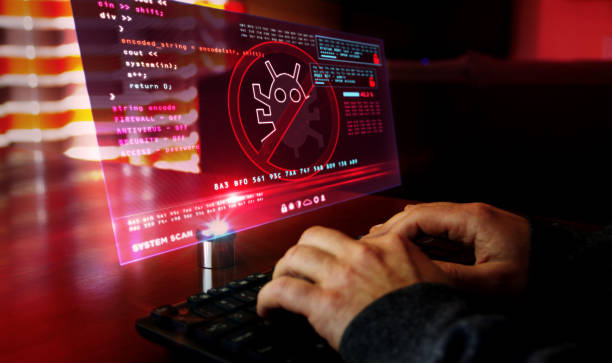Introduction:
With the growing threat of malware, it’s more important than ever for home users to take steps to protect their personal devices from attack. Malware, or malicious software, can cause harm to your computer, steal your personal information, and compromise your privacy and security. In this article, we will explore some practical steps that home users can take to prevent malware infections and keep their personal devices safe and secure.
Keep Your Software Up-to-Date
One of the simplest and most effective ways to prevent malware infections is to keep your software up-to-date. This includes your operating system, web browser, and any other software that you use regularly. Software updates often include security patches that address known vulnerabilities, so it’s important to install them as soon as they become available. To make sure your software stays up-to-date, you can set your devices to install updates automatically or check for updates regularly.
Use Antivirus Software
Antivirus software is another essential tool in the fight against malware. Antivirus software can detect and remove malware, and some programs also include real-time protection that can prevent malware infections before they happen. When choosing an antivirus program, look for one that is well-regarded, regularly updated, and includes features like real-time protection, email scanning, and web protection.
Be Cautious When Downloading Software and Files
Downloading software and files from the internet can be a source of malware infections. To reduce the risk, be cautious when downloading files, and only download from reputable sources. Additionally, always scan downloaded files with your antivirus software before opening them, and don’t open any files or links that you weren’t expecting or that look suspicious.
Use Strong Passwords
Using strong, unique passwords is another important step in preventing malware infections. Weak passwords can be easily guessed or cracked, which can give malware access to your accounts and devices. Make sure to use strong passwords that include a mix of uppercase and lowercase letters, numbers, and symbols, and avoid using the same password for multiple accounts. You can also use a password manager to help you keep track of your passwords and generate strong ones for you.
Enable Firewall Protection
A firewall is a piece of software or hardware that helps to protect your device from unauthorized access and malware infections. A firewall can block incoming traffic from malicious sources and help prevent malware from spreading. If your operating system includes a firewall, make sure it’s enabled and configured to provide the level of protection you need.
Regularly Back Up Your Data
Finally, it’s important to regularly back up your data to protect against malware infections and other data loss incidents. Backing up your data ensures that you can restore your files and data in the event of a malware infection or other problems. You can use an external hard drive, cloud storage, or another backup method to store your data. Make sure to store backups in a secure location, and update them regularly.
Conclusion:
Malware is a growing threat to personal devices, and it’s important for home users to take steps to protect themselves. By keeping your software up-to-date, using antivirus software, being cautious when downloading files, using strong passwords, enabling firewall protection, and regularly backing up your data, you can reduce the risk of malware infections and keep your personal devices safe and secure.
By taking these steps, you can help to protect your personal information, maintain the security of your computer systems, and reduce the risk of harm from malware infections. However, it’s important to remember that malware is constantly evolving and becoming more sophisticated, so it’s essential to stay informed about the latest threats and best practices for protection. Regularly reviewing and updating your security practices can help to ensure that your personal devices remain safe and secure.
